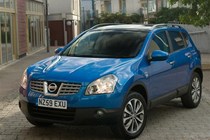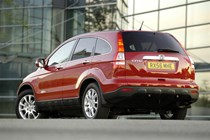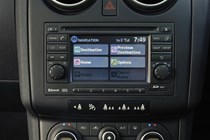The Nissan Qashqai has come to dominate sales of the crossover market by combining the frugal running costs and driving characteristics of a family hatchback with the high driving position of a 4×4. Is Honda’s slightly larger CR-V a better used bet for families though? Read on to find out.
Nissan Qashqai (2007-2013) vs Honda CR-V (2007-2012)
Driving
The Nissan Qashqai is focused for on-road driving with many versions two-wheel drive, which helps reduce running costs. From its launch back in 2007 the crossover proved a major success as it combined the commanding driving position of a 4×4 but with the driving characteristics of a family hatchback.
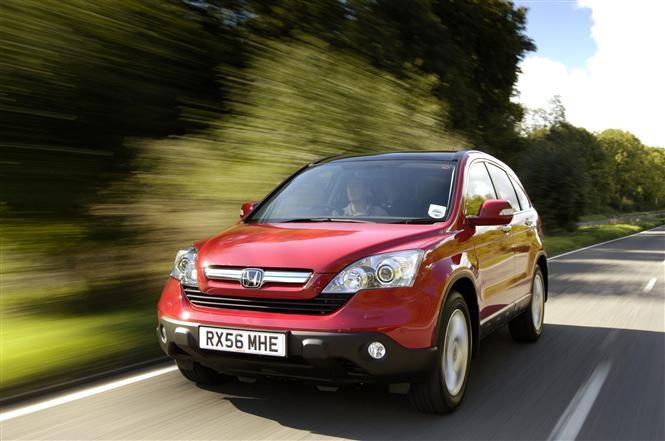
The Honda CR-V was another car that blended a high riding 4×4 with the responsive, tight handling of a family hatch. Steering and gear changes will all feel familiar to any traditional family car owner, plus it corners well though the ride can be a bit hard. Unlike the Qashqai it comes with four-wheel drive only.
Practicality
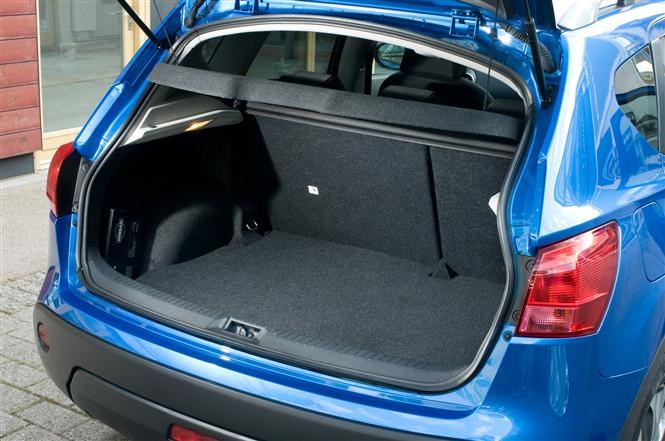
You would expect the Nissan Qashqai to excel for practicality, but while it has a decent amount of storage it is not class leading. Both the VW Tiguan and Hyundai ix35 have bigger boots and the Qashqai’s boot floor is reasonably high so it is not particularly deep either. The 60/40 rear seats can be folded flat for more space.
The CR-V’s strong point thanks to lots of room for five adults and a very large boot of 556 litres when measured up to the roof line. The rear seats can be spilt 40/20/40 and also slide and recline for even greater comfort. Electrically adjustable and heated side mirrors are standard across the range and very useful in winter.
Costs
The Qashqai has very competitive running costs especially if you go diesel. It is the 1.6-litre dCi diesel that offers the best fuel economy (real world 50mpg) and lowest car tax rate of £30 a year, not the 1.5-litre dCi. Remember though you need to be a high miler to justify the more expensive diesel.
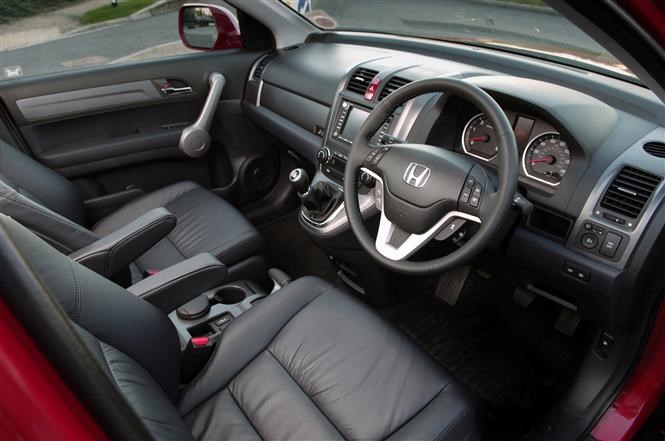
If practicality is the CR-V’s strong point then ownership bills is its weakest. There are two engines: a 2.2-litre diesel or a 2-litre petrol neither of which are frugal. Caravan towers and people expecting to rack up the miles are best o_ looking at the diesel – its braked towing weight goes up to 2000kgs.
Stats
|
|
Nissan Qashqai |
Honda CR-V |
|
Engine |
Petrol and diesel, 1.6-2.0 litres |
Petrol and diesel, 2.0 -2.2 litres |
|
Fuel Capacity |
65 litres |
58 litres |
|
Road tax |
£30-£285 |
£205-£265 |
|
Power |
104-147bhp |
138-147bhp |
|
0-60mph |
9.2-12.6 seconds |
9.3-11.8seconds |
|
Insurance group |
15-22 |
27-29 |
|
Boot capacity |
410 litres |
556 litres |
|
Fuel economy |
33-62mpg |
33-43mpg |
|
CO2 emissions |
119-208g/km |
171-195g/km |
Winner – Nissan Qashqai
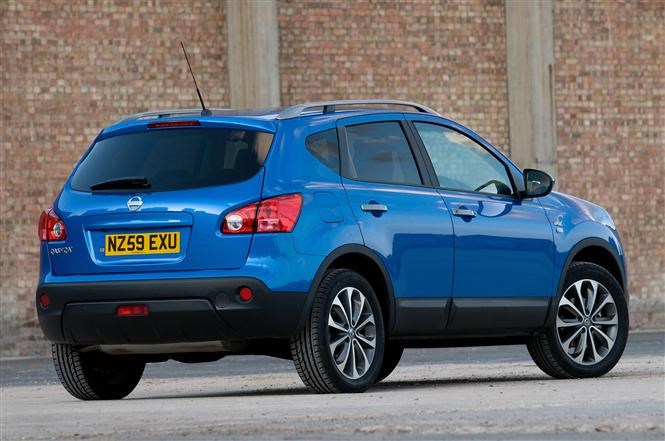
The original Nissan Qashqai was an instant sales success because it was refreshingly new, the high seating position provided drivers with a great view of the road ahead, it drives well and it’s frugal.
The Honda CR-V is a better bet for large families and those who regularly tow – it isn’t going to be cheap to run and own though. Best bet is the diesel for a real world low 30mpg plus road tax is band H (that’s £205 at 2014 rates).




